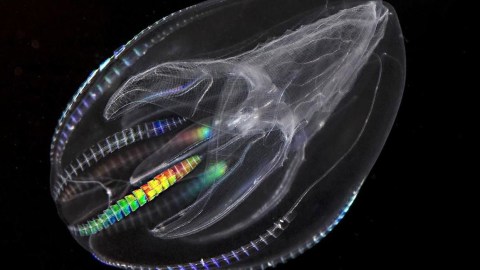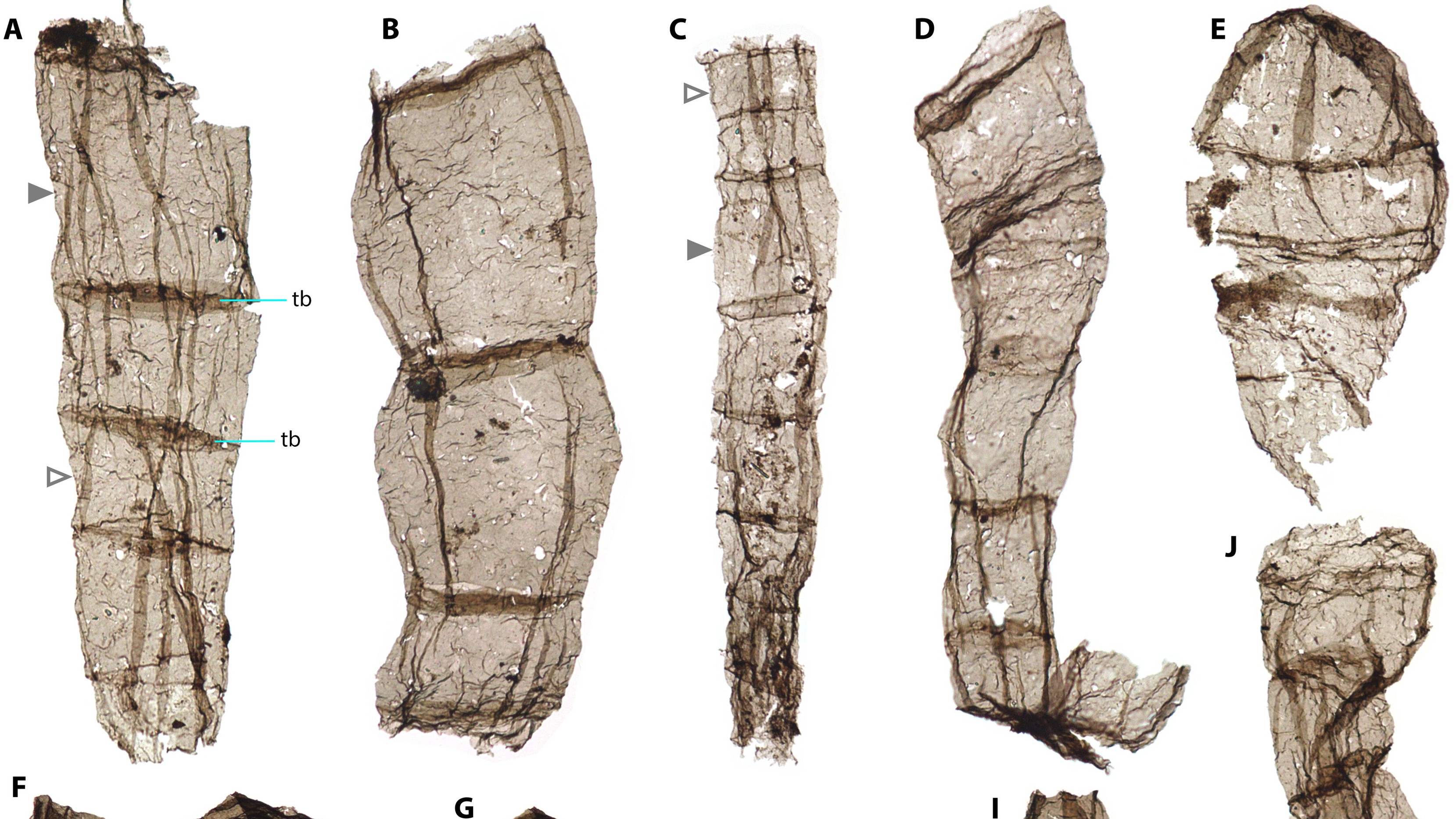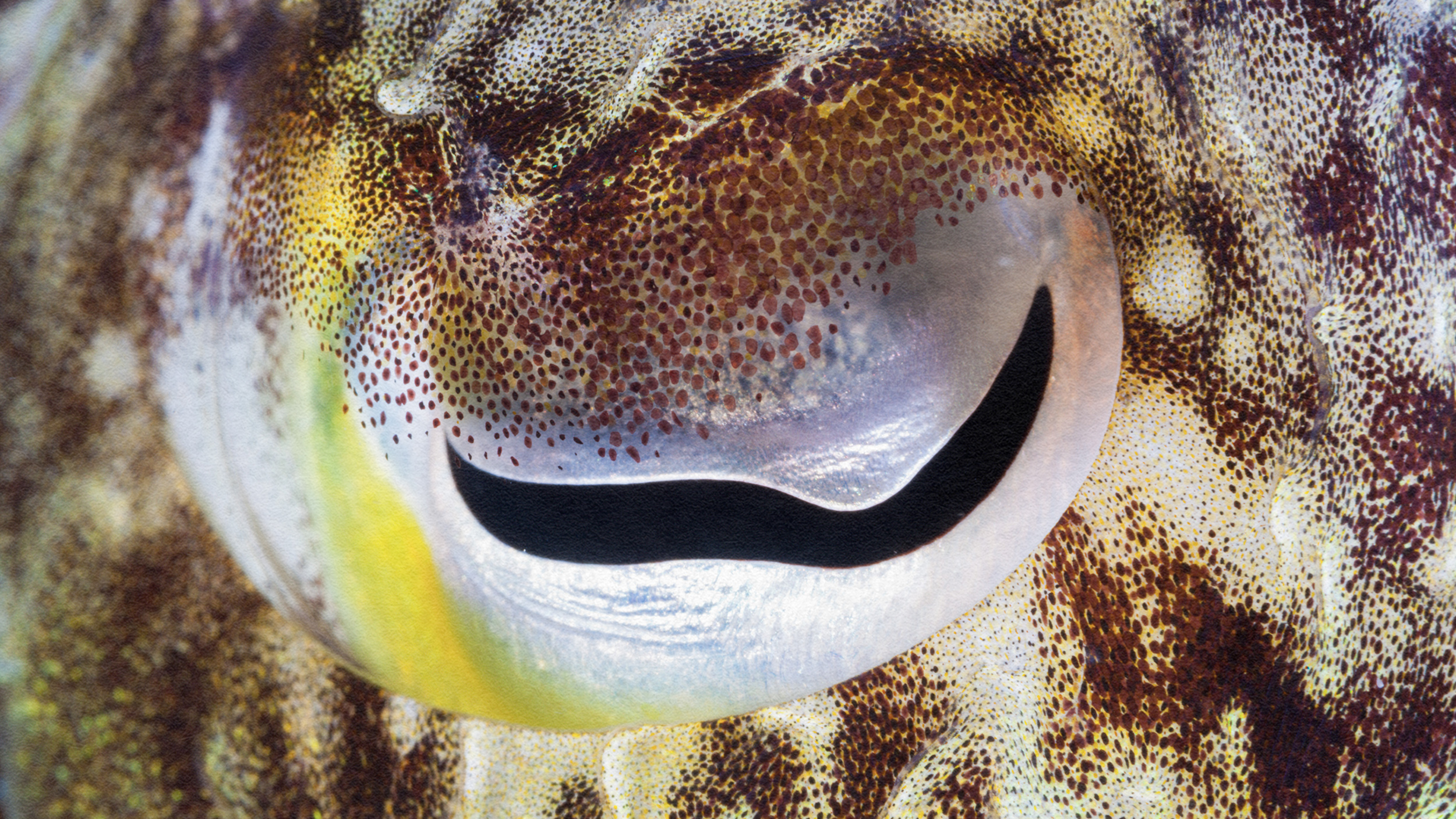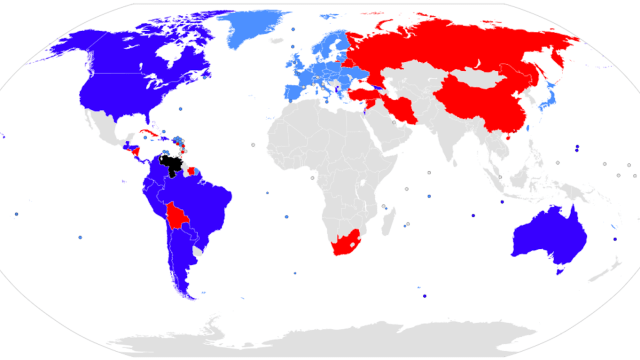Oldest animal ever discovered by scientists

Mnemiopsis leidyi. (Image: National Institutes of Health)
- Researchers in China find fossils of a creature that lived 600 million years ago.
- This creature resembles a modern-day comb jelly.
- If confirmed, these would be the oldest animal fossils discovered.
When we think of prehistoric animals, giant creatures like dinosaurs tend to come to mind. But what was the oldest animal that ever existed? Chinese scientists say it was a lowly blob that lived about 600 million years ago.
In fact, as reported by Graham Lawton in New Scientist, the creature that was recently discovered doesn’t even have a name yet. The previous oldest known animal was a 541-million-year-old weird blob-like organism called Dickinsonia, which belonged to the extinct Ediacarans. The new creature, however, appears to come from the group of animals that are still with us today – comb jellies.
The organism was discovered by Zhenbing She of the China University of Geosciences, Wuhan. He revealed his findings at a meeting of the Geological Society of London in London in January 2019, stating that “The origin and earliest evolution of animals is a fascinating question that has puzzled scientists for many decades.”
The sample containing the fossils of the ancient jellies came from a drill core derived from the Doushantuo Formation in southern China, which has been a source of well-preserved fossils that go back as far as 631 million years ago. The fossils are usually tiny like an algal cell, visible only through a microscope.
The creature found by She, however, can be seen with the naked eye, measuring about 0.7 millimeters. It also has an unmistakable shape of a jelly, with further analysis under a microscope showing tentacles, nerve cells, muscle tissue, and other structures pointing to the phylum Ctenophora. That’s the category including comb jellies. More precisely, the evidence displays similarities to the genus Pleurobrachia, known as sea gooseberries.
Another clue pointing to comb jellies as the modern equivalent of the millions-year-old organism? Hair-like cilia clusters that are used for swimming.
Fun fact about comb jellies: These carnivores have a remarkable digestive system that includes a pass-through gut that connects their mouth and anus. Their feed consists of small sea creatures, a trait they likely share with their ancient cousins, who seemed to have been part of an elaborate ecosystem. Still, so much remains to be discovered, asserts She, adding in an interview with New Scientist,“… there are many other creatures in the deposit, but we are not sure what they are.”
While the study has not been peer-reviewed, it has been read by some scientists, with a somewhat split decision. A few detractors, like Maoyan Zhu of Nanjing Institute of Geology and Palaeontology, think the found fossils could be artifacts or maybe even bacterial contamination.





